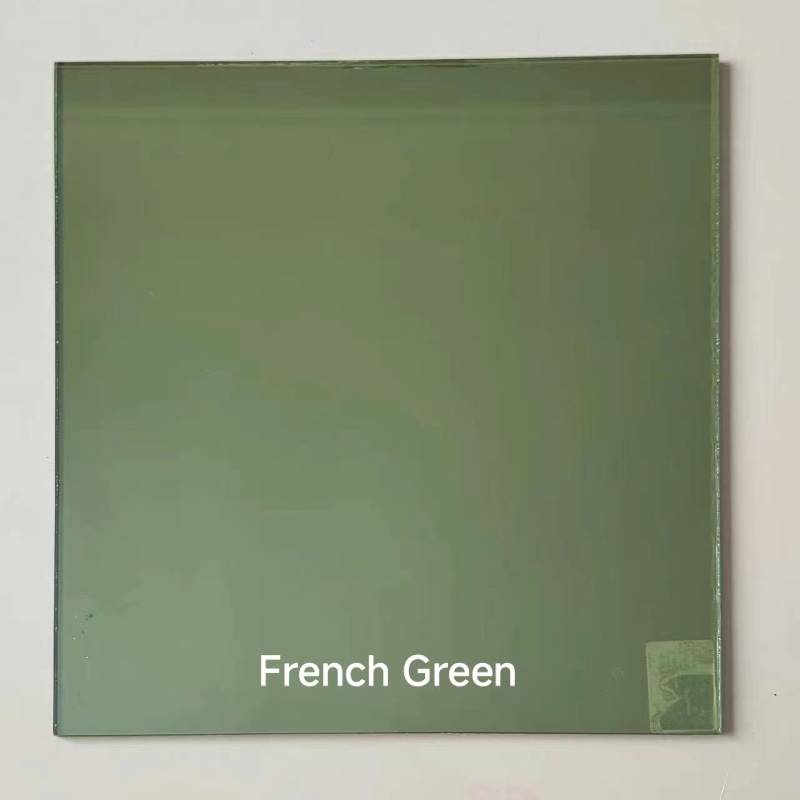

Plain float glass, a type of flat glass produced through the float glass process, has become a fundamental material in modern construction and design. This innovative glass is created by floating molten glass on top of molten tin, which allows it to form a smooth, uniform surface. The resulting product is clear, transparent, and possesses excellent optical qualities, making it ideal for various applications in architecture, automotive, and home decor.
One of the most significant advantages of plain float glass is its exceptional clarity. Due to the manufacturing process, the glass has minimal distortion and refraction, providing an unobstructed view. This clarity is particularly important in architectural applications, where large glass panels are used for facades, windows, and skylights. Architects and designers often choose plain float glass for its ability to enhance natural light, creating bright and airy indoor spaces.
In addition to its aesthetic appeal, plain float glass is also highly functional. It is available in various thicknesses and sizes, allowing for flexibility in design and installation. Its versatility makes it suitable for both residential and commercial projects. Moreover, plain float glass can be cut and shaped to fit specific dimensions, making it an adaptable choice for custom designs.

Even though plain float glass is known for its strength and durability, it can be susceptible to breakage under extreme conditions
. To address this concern, the glass can undergo various treatments, such as tempering or lamination, which enhance its strength and safety. Tempered glass is heated and then rapidly cooled to increase its resistance to impact and thermal stress, making it an ideal choice for high-traffic areas and public spaces. Laminated glass, on the other hand, consists of two or more layers of glass bonded together with a plastic interlayer, which holds the glass shards together in case of breakage, enhancing safety and security.In recent years, the demand for energy-efficient building materials has led to innovations in plain float glass manufacturing. Low-emissivity (Low-E) coatings have been developed to improve the thermal performance of float glass. These coatings reflect infrared light, keeping buildings warmer in the winter and cooler in the summer, thereby reducing energy costs and improving overall environmental sustainability.
In conclusion, plain float glass stands as an essential material in contemporary design and architecture. Its clarity, versatility, and potential for energy efficiency make it a preferred choice among architects and builders. As technology continues to evolve, the future of plain float glass promises further advancements, enhancing its applications and benefits in the built environment.